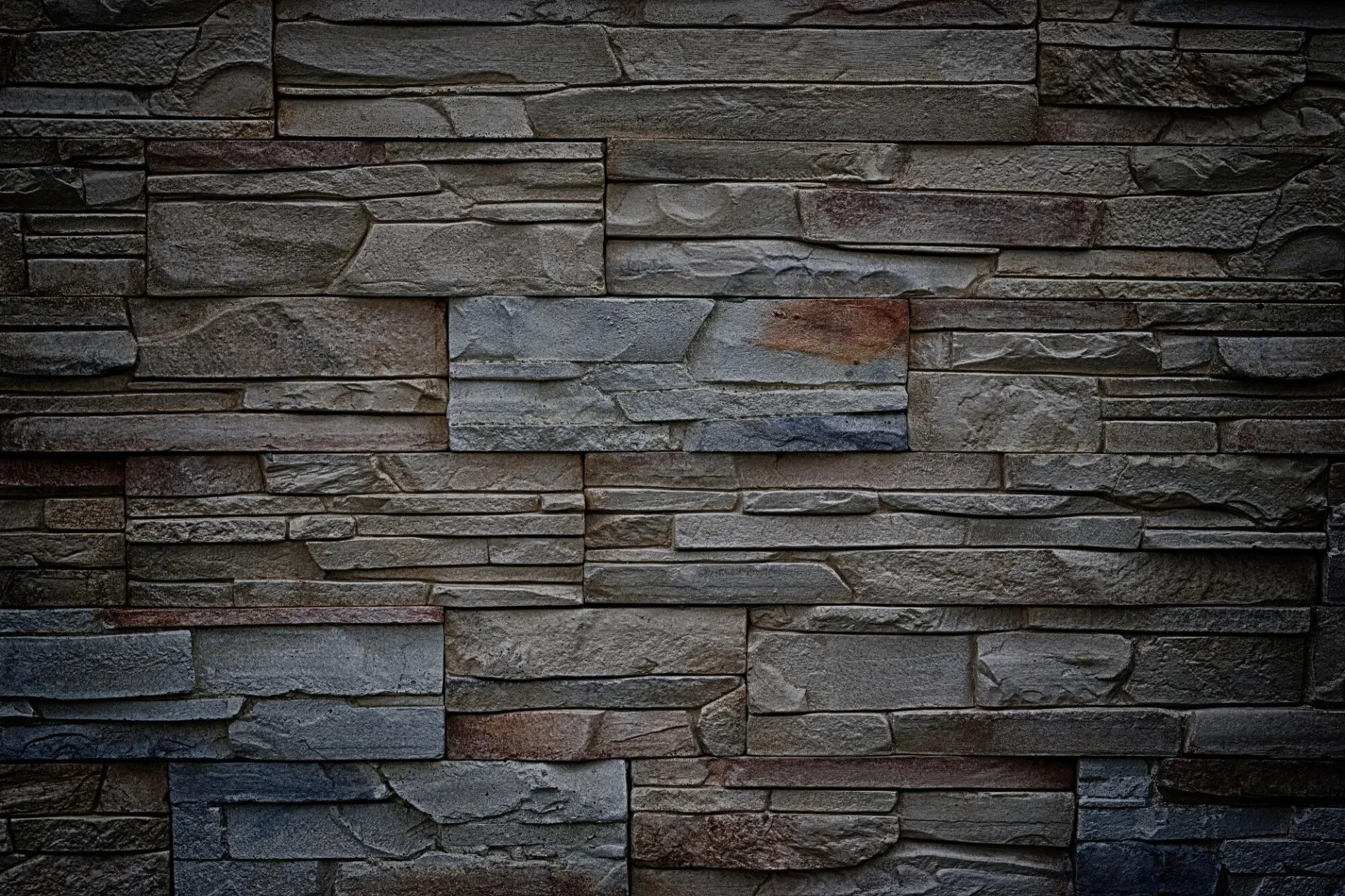Keeping Wall Surface Building: A Comprehensive Overview

Retaining wall surfaces are vital frameworks in landscaping and civil design, developed to hold back soil and avoid erosion. Whether you're aiming to improve your garden's aesthetic appeals, develop a practical terrace, or handle elevation adjustments in your lawn, understanding the construction of retaining wall surfaces is vital. This guide looks into the essential facets of preserving wall surface building and construction, from the types of materials utilized to crucial style considerations.
The primary step in the incline village trusted retaining wall construction is selecting the proper kind based upon your particular needs. Usual materials for retaining walls include concrete, bricks, stone, and timber. Concrete is just one of one of the most popular selections because of its resilience and adaptability. Dry-stacked rock walls, although labor-intensive, create a natural appearance and enable much better drain. Lumber walls can be an affordable choice, but they have a much shorter life expectancy compared to concrete or stone, making them ideal for much less demanding applications. Picking the best product will rely on both aesthetic choices and the wall's load-bearing requirements.
After choosing the products, the next action involves mindful planning and layout. It's necessary to compute the elevation and size of the wall surface, in addition to the potential tons it will birth. This consists of the weight of the dirt behind it and any type of extra pressures, such as vehicle loads or nearby structures. A properly designed wall surface will integrate correct water drainage services to avoid water accumulation, which can result in architectural failing. Proper drain systems, consisting of weep openings and crushed rock backfill, need to be implemented to permit water to get away and minimize hydrostatic pressure versus the wall surface.
The actual F & B Inc. construction process starts with excavation and foundation preparation. The foundation must be strong and leveled to support the wall surface's weight. After marking the location and digging a trench, a crushed rock base is usually laid to promote drainage and provide stability. As the building and construction progresses, aligning the blocks or rocks degree and guaranteeing they are securely placed is vital. For taller wall surfaces, utilizing support methods such as geogrid or dirt connections may be necessary to improve total stability and avoid slippage.
Upon conclusion of the maintaining wall surface, landscape design can improve its functionality and appearance additionally. Planting greenery on top, including decorative aspects, and even producing terraces with extra growing beds can produce a lovely transition from the elevated area to the landscape below. Preserving walls not just stop soil disintegration however can additionally serve as a spectacular centerpiece in your lawn. Ultimately, whether for ornamental purposes or useful demands, the construction of a preserving wall surface needs cautious preparation, products choice, and implementation to guarantee stability and longevity in the long run. You can get more enlightened on this topic by reading here: https://britannica.com/technology/retaining-wall.